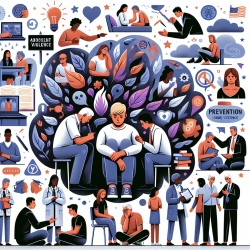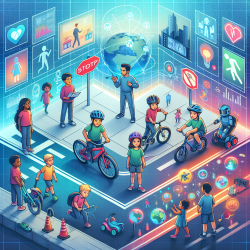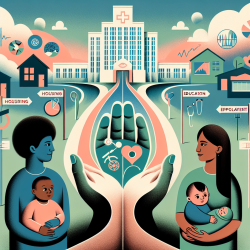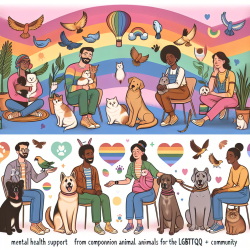Adolescent violence is a pressing public health concern that affects communities worldwide. According to the World Health Organization (WHO), violence is defined as the intentional use of physical force or power against oneself, another person, or a group that results in injury, death, psychological harm, or deprivation. The research article "Adolescence, Violence, and Public Health" provides valuable insights into this issue and offers guidance for practitioners working with youth.
The Scope of Adolescent Violence
The WHO's Global Burden of Disease project estimated that in 2000, 1.6 million people died due to self-inflicted, interpersonal, or collective violence. Among adolescents, homicide rates varied significantly across regions, with Latin America experiencing the highest rates. Despite a downward trend in violence-related deaths from 1990 to 2000, the impact of violence on adolescents remains substantial.
Risk Factors and Trends
The research identifies several risk factors for adolescent violence:
- Family Factors: Presence of firearms at home, low income, domestic violence.
- Social Factors: Ethnic heterogeneity, crowded housing, lack of adult supervision.
- Psychological Factors: Depression, antisocial behavior.
- Personal Factors: Male gender, alcohol or drug abuse.
The study also highlights trends in adolescent suicide and non-fatal violence. Suicide is the third leading cause of death among adolescents, with significant variations across ethnic groups. Non-fatal violence often involves physical altercations without firearms but still poses serious risks to youth well-being.
The Role of Schools and Communities
The research underscores the importance of schools and communities in addressing adolescent violence. School-associated violent deaths account for a small percentage of homicides among school-age children. However, bullying and physical fights are prevalent issues that need attention. Schools should focus on teaching real-life skills alongside academic subjects to better prepare students for societal challenges.
Effective Prevention Strategies
An effective prevention strategy highlighted in the research is home visitation programs. These programs have shown positive long-term effects on reducing antisocial and criminal behavior among adolescents. Early intervention through prenatal and early childhood nurse home visitation can significantly impact youth outcomes and prove cost-effective over time.
A Call to Action for Practitioners
The findings from "Adolescence, Violence, and Public Health" emphasize the need for practitioners to engage in continuous learning and apply evidence-based strategies in their work with adolescents. By understanding the complexities of adolescent violence and implementing effective interventions, practitioners can contribute to reducing its impact on youth and society.
If you are interested in delving deeper into this topic and exploring further research opportunities, consider reading the original research paper Adolescence, Violence, and Public Health.










